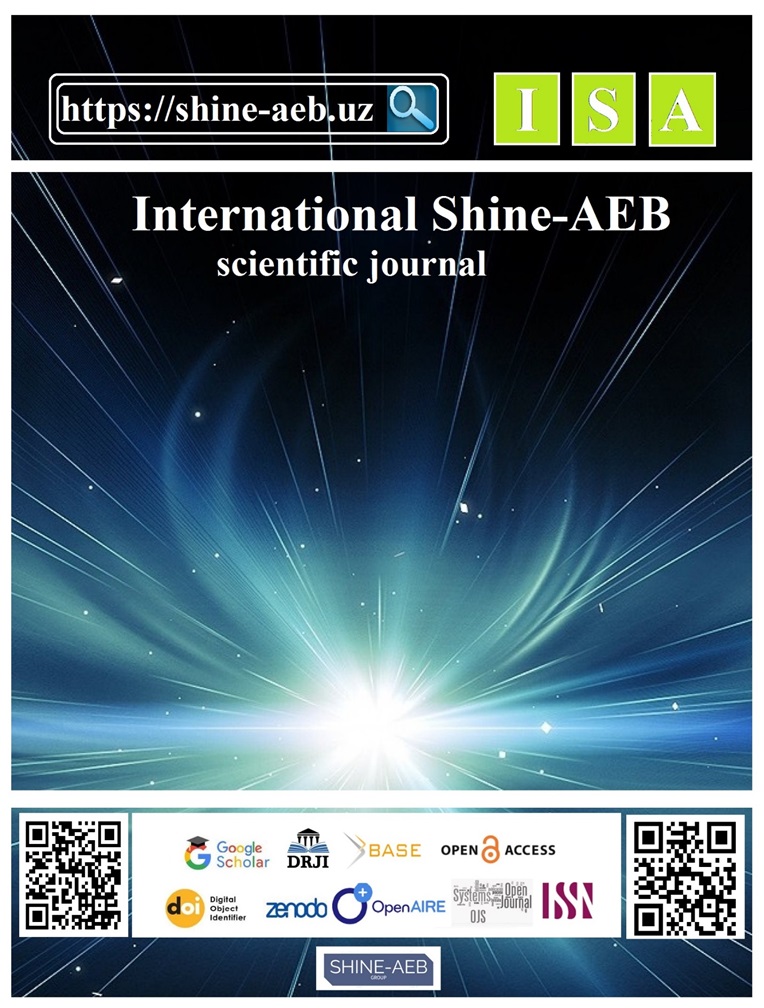4.11 ANTIOXIDANT CAPACITY OF SERUM IN PATIENTS WITH CHRONIC VIRAL HEPATITIS C ON THE BACKGROUND OF CHRONIC RENAL FAILURE
Abstract
As you know, the main line of defense against the aggressive action of free radicals is the human antioxidant system. Suppression of the activity of the antioxidant system can lead to excessive accumulation of reactive oxygen species and cell destruction. This, in turn, leads to an unfavorable course of diseases in the pathogenesis of which the state of the antioxidant system is of great importance.
The purpose of our work is to study the state of serum antioxidant capacity in patients with chronic viral hepatitis C on the background of chronic renal failure.
Materials and methods. 98 patients with chronic renal failure undergoing programmed hemodialysis were examined.between the ages of 20 and 60 and 20 practically healthy people with no markers of hepatitis. The control group consisted of 20 practically healthy people with no markers of hepatitis. In the patients of the studied groups, the indicators of antioxidant protection of blood serum were evaluated: total antioxidant capacity (AOS), a test system manufactured by Cayman Chemical, in millimolar equivalents by photometric method.
Research results. We studied the degree of endogenous intoxication and the overall antioxidant capacity of 32 patients with chronic kidney disease (main group), 36 patients with chronic kidney disease without underlying diseases (control group I) and 30 patients with chronic kidney disease without concomitant diseases (control group II). Studies have established an increase in serum SMP in patients of the main group (36.8±0.21 cu; healthy subjects (9.79±0.09 u/e) p<0.05 compared with the indicators of the I and II control groups (14.02±0.28 u/e, 27.3±0.20 u/e, respectively), which showed the greatest severity of endogenous intoxication in patients of the main group. The study of AOS in the blood of patients (study groups) showed a significant decrease (p<0.05) in AOS in patients with HCV without background diseases and HCV on the background of CRF (0.078±0.004 mmol/l, 0.061±0.008 mmol/l, respectively), compared with the indicators of healthy and patients with CRF without concomitant diseases (0.380±0.059 mmol/l, 0.096±0.005 mmol/L; respectively).
Conclusion. Chronic viral hepatitis C on the background of CRF is manifested by a decrease in AOS and the severity of endogenous intoxication, which is the basis for the introduction of antioxidant protection agents into pathogenetic therapy.
Published
How to Cite
Issue
Section
License
Copyright (c) 2025 International Shine-AEB Scientific Journal

This work is licensed under a Creative Commons Attribution-NonCommercial-NoDerivatives 4.0 International License.








